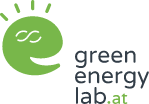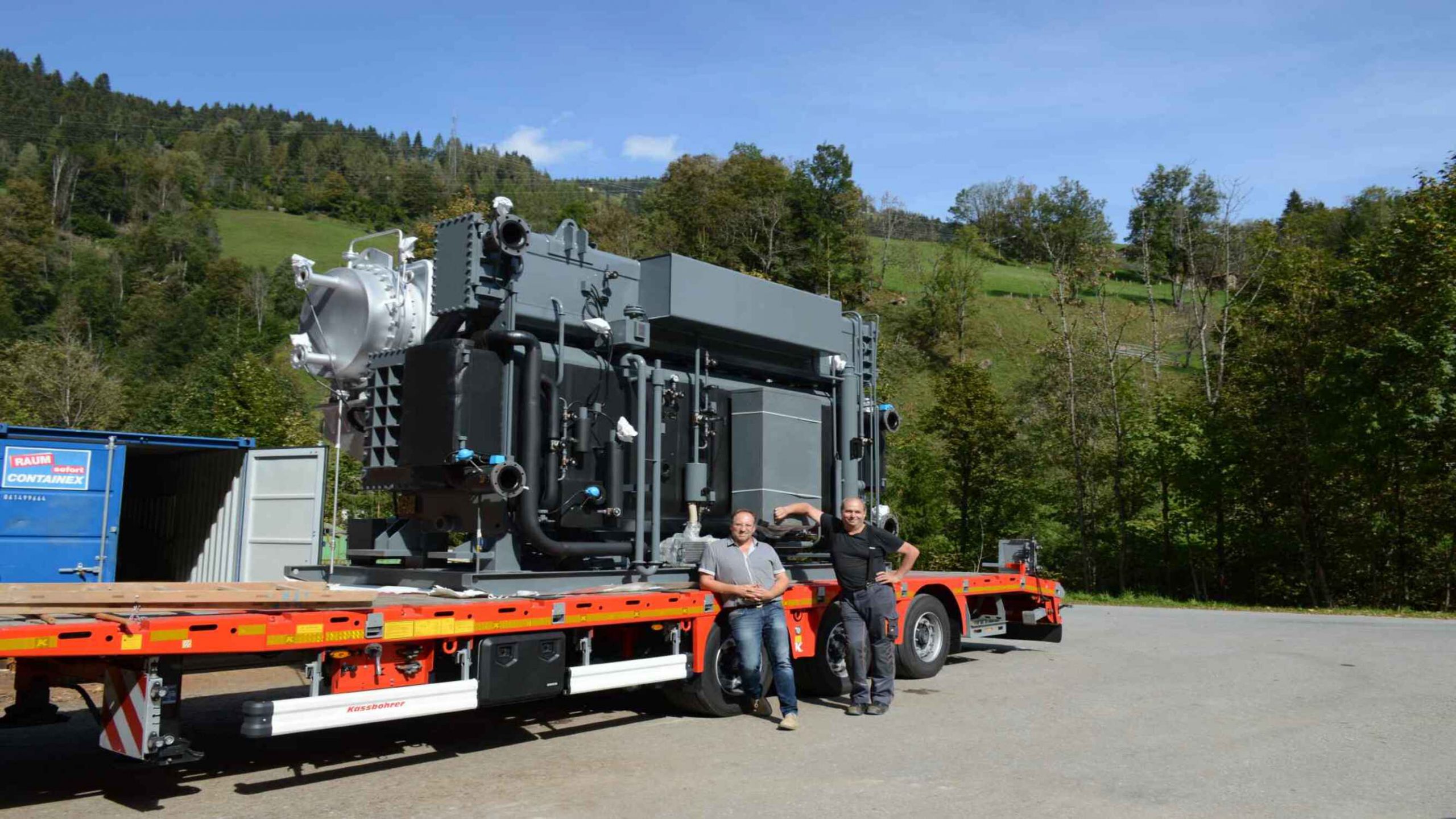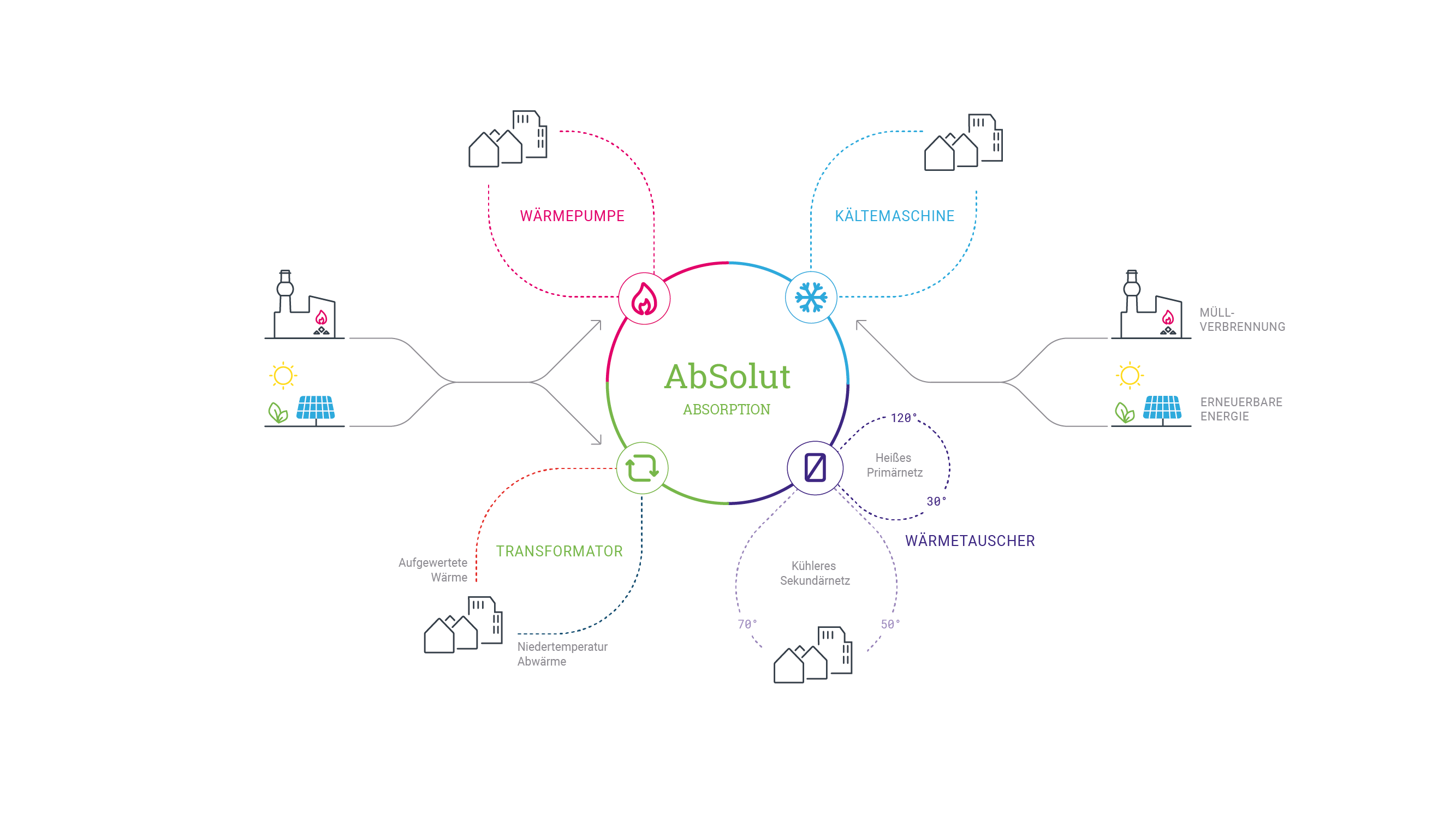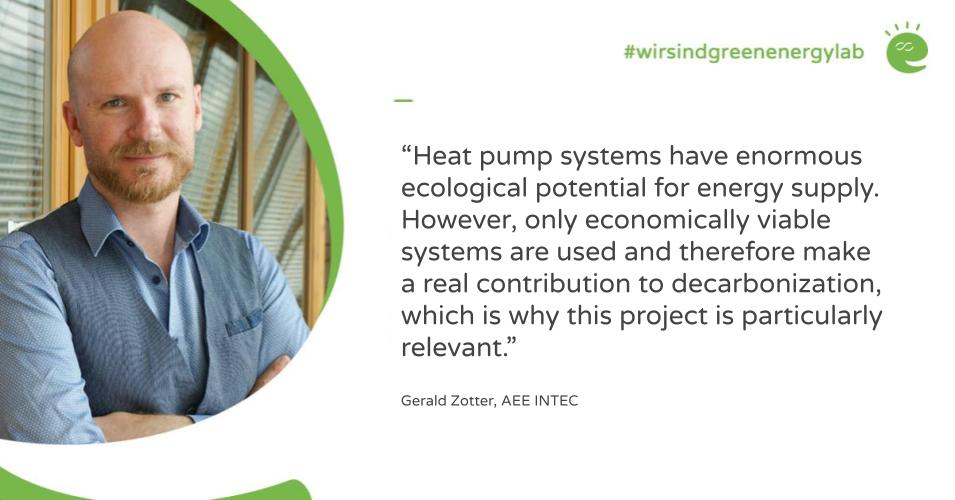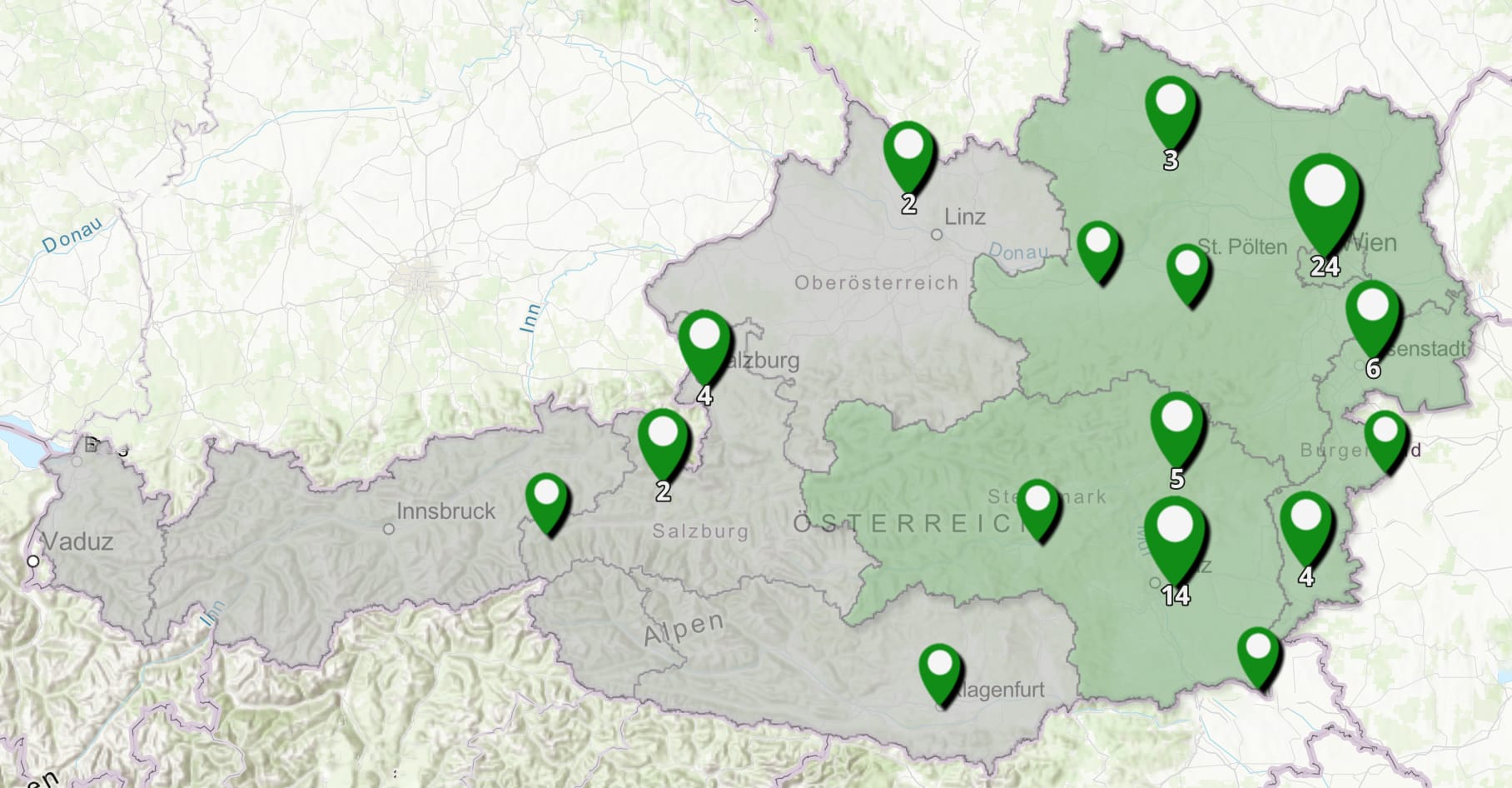AbSolut
Integration of absorption technologies in district heating and cooling systems
The AbSolut project examined the integration of absorption technologies in district heating and cooling systems. These technologies use thermally driven absorption processes to provide diverse solutions for thermal energy systems. These range from classic absorption heat pumps and cooling systems to absorption heat exchangers. In contrast to conventional compression heat pumps, absorption technologies are driven thermally rather than electrically. In addition, the refrigerants used have no global warming potential. In addition to relieving the load on the power grid, this opens up numerous new system concepts, such as the use of solar thermal energy or waste heat as sustainable drive energy. Despite these unique properties and the technical maturity at the technology level, such technologies were only being used as niche solutions in Austria and Europe at the time of the project. AbSolut faced this challenge and developed innovative system concepts for the efficient integration of these technologies into Austrian district heating and cooling systems. This has led to considerable economic and ecological improvements in these systems, such as the improved integration of renewables and waste heat as well as a sustainable reduction in return temperatures and losses in the network.
Close cooperation with users, planners and technology providers
In the AbSolut project, the integration of these technologies at different locations in Vienna, Upper Austria, Lower Austria and Styria was investigated. Concepts were developed in close cooperation with users, planners and technology providers. This allowed district heating operators to develop and evaluate them in line with the market. These could be directly implemented and demonstrated a high potential for replication in the Austrian market.
AbSolut used synergies with the ThermaFLEX lead project and the Spatial Energy Planning (SEP) and Hybrid District Heating Demo (HDHD) projects. At the time of the project, there were numerous potential heat sources in Austria, such as caloric power plants or waste heat and wastewater treatment plants. Low-temperature networks and large-scale heat storage systems were seen as promising technologies for the future. In the project, suitable integration concepts and business models were developed for these use cases.
